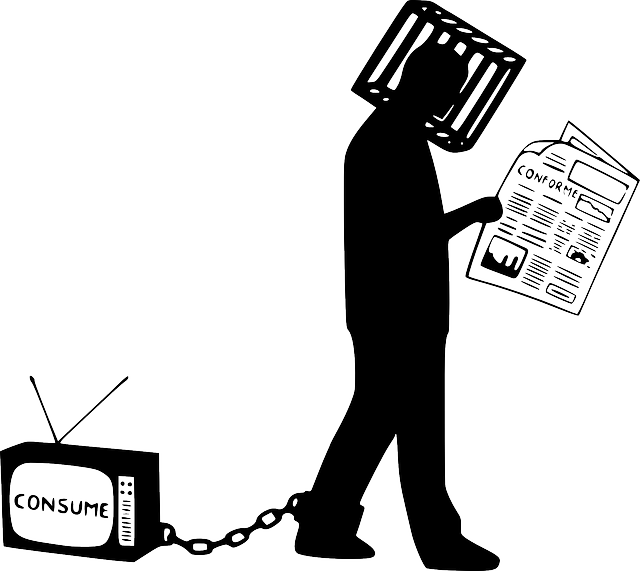In South Africa, recognizing Ponzi schemes is crucial for protecting investments. Look out for high returns with minimal risk, constant pressure to recruit new investors, transparency issues, and lack of independent audits or regulatory oversight. Educate yourself through case studies, stay vigilant, and report suspicious opportunities to prevent financial harm. Learn these indicators to effectively identify and avoid Ponzi schemes in South Africa's financial landscape.
In South Africa, understanding Ponzi schemes is crucial for protecting personal finances. This article provides a comprehensive guide on how to recognise these deceptive investment scams, with a specific focus on the local landscape. We’ll explore what constitutes a Ponzi scheme, delve into red flags commonly seen in SA, and present historical case studies. Additionally, we offer valuable tips on prevention and reporting, empowering South Africans to avoid becoming victims. Learn the signs and stay ahead of these insidious schemes.
- What Is a Ponzi Scheme?
- Recognising Red Flags in South Africa
- Historical Examples and Case Studies Local to SA
- Protecting Yourself: Prevention and Reporting Tips
What Is a Ponzi Scheme?

A Ponzi scheme is an investment fraud where returns are paid to existing investors from funds contributed by new investors, rather than from any actual profit earned. This deceptive practice creates the illusion of a successful and profitable venture, luring in unsuspecting individuals. In South Africa, as in many countries, these schemes have become a significant concern for regulatory bodies and investors alike. Understanding how to recognise a Ponzi scheme is crucial for protecting one’s financial interests.
There are several key indicators that can help South Africans identify potential Ponzi schemes. These include unrealistic or unusually high investment returns promised with little or no risk; constant pressure to recruit new investors; a lack of transparency regarding the use of funds and where investments are allocated; and an absence of independent audits or regulatory oversight. By being vigilant and discerning, individuals can avoid becoming entangled in such fraudulent activities and safeguard their hard-earned money.
Recognising Red Flags in South Africa

In South Africa, recognising red flags in potential investment opportunities is crucial to avoid falling victim to Ponzi schemes. One of the key indicators to watch out for is excessive promises of high returns with minimal risk. If an investment opportunity guarantees substantial profits with little or no investment risk, it could be a fraudulent scheme designed to attract investors. Scammers often use sophisticated marketing strategies, including leveraging social media and network marketing, to create a false impression of success and stability.
Additionally, be wary of investments that offer exclusivity or limited-time opportunities. Pressuring individuals to act quickly without allowing sufficient time for due diligence is a common tactic used by fraudsters. Another red flag is the absence of transparency regarding how the investment will generate returns. Legitimate businesses typically provide clear explanations of their operational models and revenue streams, whereas Ponzi schemes often shroud these details in secrecy. It’s essential to verify claims independently through credible sources or professional advice before committing any funds.
Historical Examples and Case Studies Local to SA

In South Africa, understanding Ponzi schemes is essential due to their recurring appearance in local economic landscapes. Historically, the country has seen several notable cases that serve as clear examples of how these fraudulent investments operate. One of the most infamous instances was the Endowments Fund scandal in the late 1990s, where investors were promised substantial returns with minimal risk. The scheme attracted millions, but when it collapsed, many South Africans lost significant portions of their savings, highlighting the need to educate the public on how to recognise a Ponzi scheme.
Local case studies further emphasise the importance of awareness. Over the years, various investment schemes have emerged, offering high-return opportunities with little to no regulated oversight. From real estate investments to cryptocurrency ventures, many South Africans have fallen victim to these fraudulent enterprises. By studying these historical examples, individuals can learn key indicators to recognise similar schemes and protect their financial interests. Understanding the tactics and strategies employed by perpetrators is crucial in navigating South Africa’s financial landscape and avoiding potential pitfalls.
Protecting Yourself: Prevention and Reporting Tips

Protecting yourself from Ponzi schemes in South Africa requires a keen eye and proactive measures. One of the best defences is to educate yourself on how to recognise a Ponzi scheme. Look out for promises of high returns with little or no risk, as these are red flags. Be wary of investments that require immediate action or pressure to invest quickly. In South Africa, where financial crime is a concern, staying informed and vigilant is crucial.
If you suspect an investment opportunity might be a Ponzi scheme, report it to the relevant authorities immediately. The National Crime Commission and the Financial Services Board (FSB) are responsible for investigating financial crimes. Don’t hesitate to reach out to them if you have any doubts or concerns. Remember, prevention is key; always conduct thorough research before investing your money.
Understanding ponzi schemes is crucial for protecting yourself in South Africa. By recognizing red flags, learning from historical examples, and adopting prevention strategies, individuals can steer clear of these fraudulent investments. Remember that vigilance and knowledge are key to safeguarding your financial future in the face of such schemes. To recognize a Ponzi scheme in South Africa, stay informed, question promises of high returns with no risk, and always verify claims through independent sources.















